
A lot of rich and famous people blasted off into space in 2021. Do you remember which ones? Try the science quiz to find out.Mario Tama/Getty Images
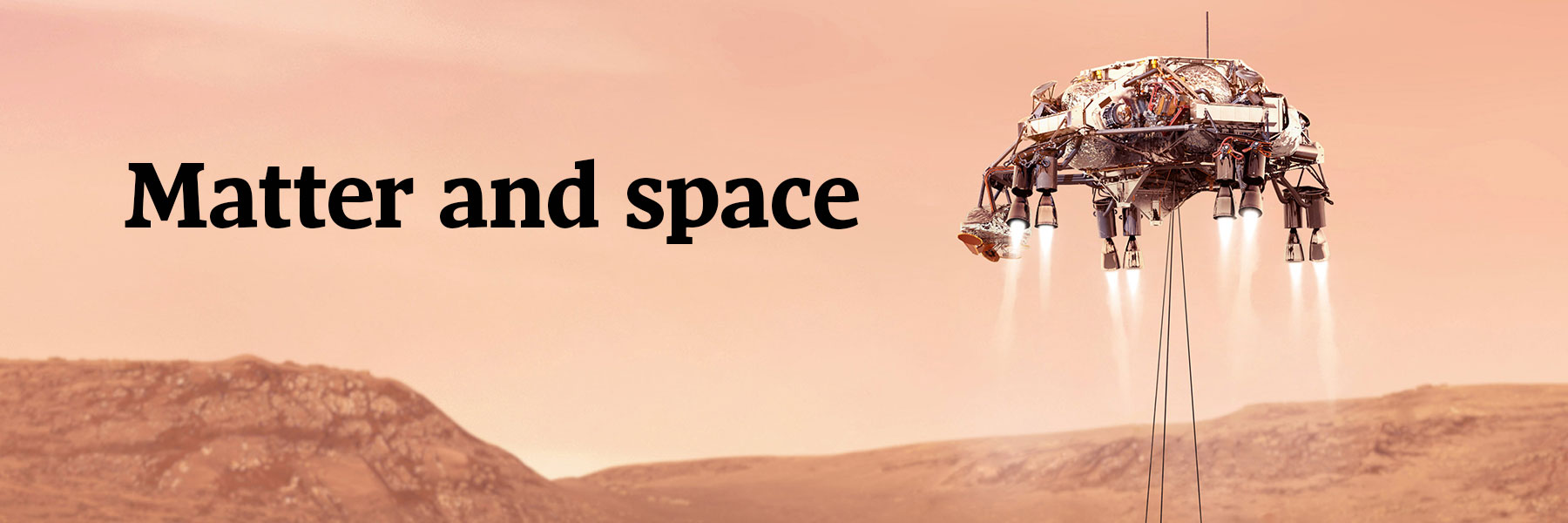
a. The message, devised by Ian Clark, a systems engineer at NASA’s Jet Propulsion Lab, appears in binary code in the red and white pattern of the parachute.
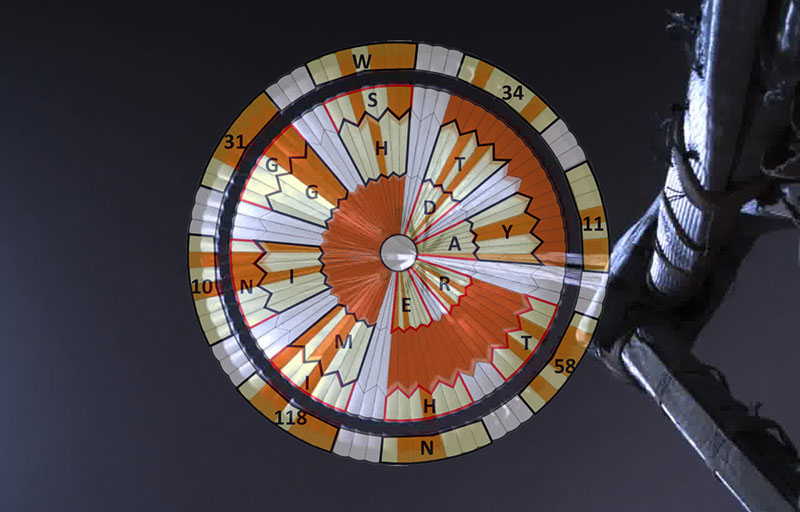
An annotated image of the Perseverance parachute shows which sections translate into which letters in binary sequences of colour. The numbers at the outer edge are the GPS co-ordinates of NASA’s Jet Propulsion Laboratory in California.
NASA/JPL-Caltech
b. The crash is expected to slightly alter the orbit of the tiny body around another, larger asteroid, providing an important test for future efforts to defend Earth against wayward space rocks.

An artist’s impression of DART’s arrival at Dimorphos, a football-field-sized asteroid.
NASA/Johns Hopkins/APL via The New York Times
a. The experimental result, obtained at the Fermi National Accelerator Laboratory in Illinois, could indicate the presence of a new force of nature – or it could be a statistical fluke.

A computer screen shows particle collisions at the Compact Muon Solenoid control room, part of the Large Hadron Collider in Switzerland, in 2010.
Denis Balibouse/Reuters
c. Musk has indicated in the past that he will take a trip aboard his own Dragon capsule one day, but some speculate he is holding out in order to participate in a flight of historic significance.
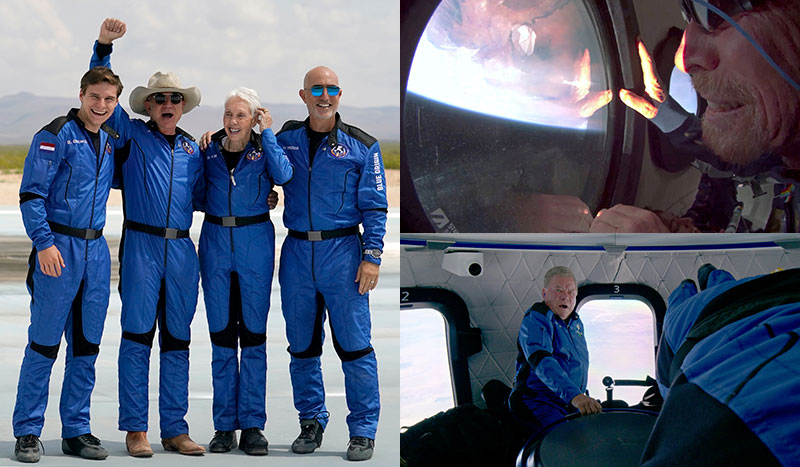
Jeff Bezos and team, Richard Branson and William Shatner on their space trips in 2021.
Tony Gutierrez/AP, Virgin Galactic and Blue Origin via Reuters
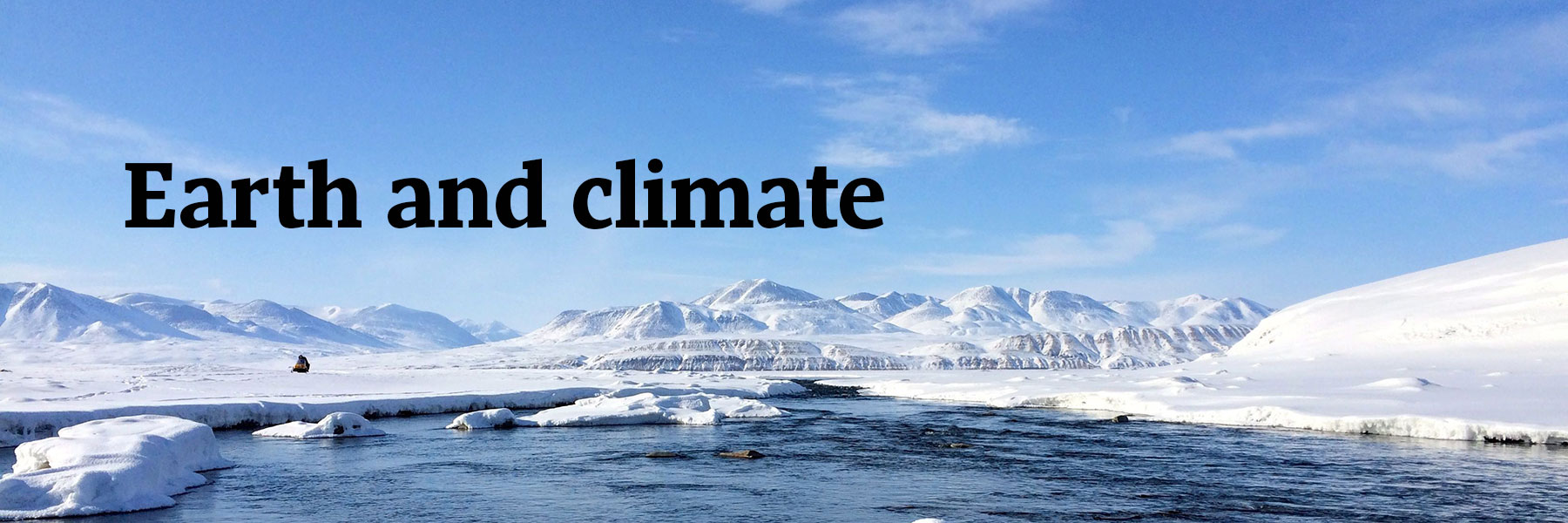
d. The Cumbre Vieja eruption began on Sept. 19 this year, nearly 50 years after a different volcanic vent named Teneguia erupted at the southern tip of the island on Oct. 26, 1971.

The Cumbre Vieja volcano erupts on La Palma in the Canary Islands on Dec. 13.
Pierre-Philippe Marcou/AFP via Getty Images
b. People working at Alert – Canada’s northernmost inhabited location – managed to witness the eclipse through broken cloud cover.

The eclipse as seen from Alert.
Jane Fonger, Environment and Climate Change Canada
b. Based on remote sensing data, the southeastern Amazon basin, which makes up about 20 per cent of the total rain forest, has become a net source of atmospheric carbon owing to deforestation.

Smoke rises from an illegally lit fire in an Amazon rainforest reserve in Brazil’s Para state.
Carl de Souza/AFP/Getty Images
c. About one-10th of the atmospheric CO2 humans are responsible for has been emitted since the Paris Agreement and more than half since climate change was first identified as a problem by scientists in 1979.

An activist with a replica Eiffel Tower symbolically burns German climate-change policy at the Reichstag in Berlin on Dec. 12
John MacDougall/AFP via Getty Images

c. The last confirmed sighting of the woodpecker occurred in Louisiana in 1944.

The ivory-billed woodpecker.
Cornell Lab of Ornithology via AP
c. Most of the species spent more time near highways, which got quieter during the pandemic. Red-tailed hawks may have done the opposite because there was less roadkill to supplement their diets.

A red-tailed hawk looks at the fall colours in Nyack, N.Y., this past November.
Mike Segar/Reuters
d. Changes in isotope levels measured along the length of the tusk reveal where the mammoth was grazing. It is estimated to have walked about 70,000 kilometres – almost double Earth’s circumference – in its 28-year lifespan.

An artist’s imagining of an adult male mammoth navigating an Alaskan mountain pass 17,100 years ago.
James Havens
b. Branching patterns found in the sedimentary rock closely resembled fossilized sponge tissue.

A branching structure in 890-million-year-old rock is possibly fossilized sponge tissue.
Elizabeth Turner, Laurentian University
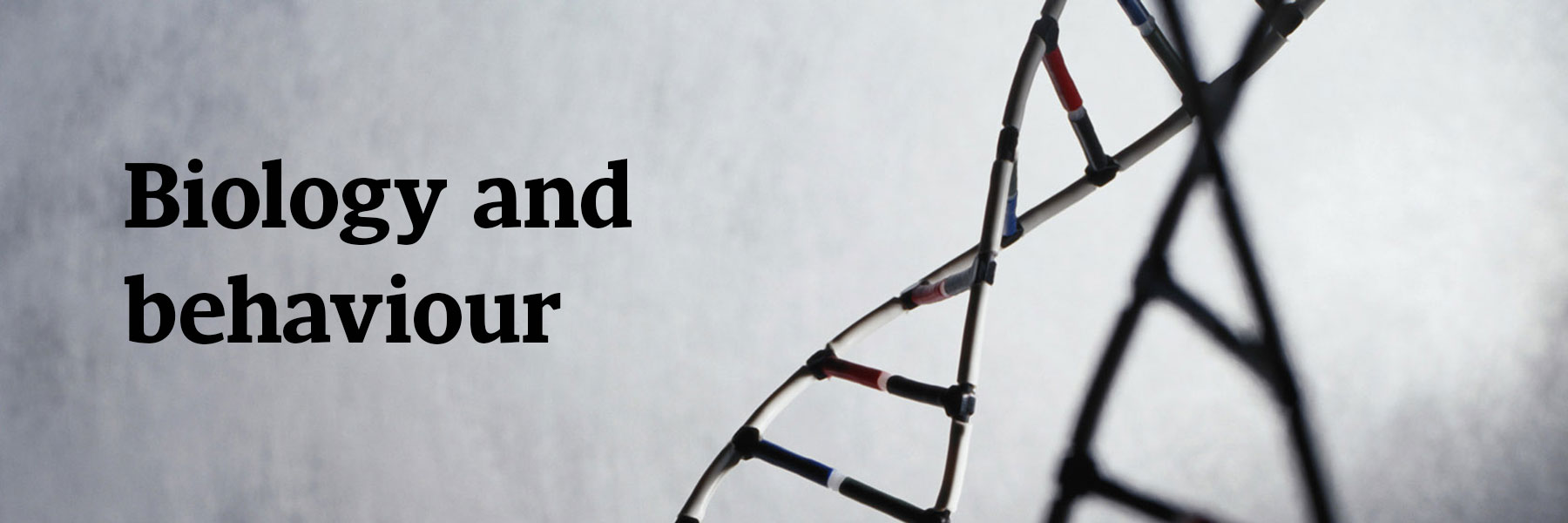
a. After several setbacks, the pair demonstrated that an extract taken from the pancreas of one dog could be used to lower the blood sugar of another dog, prompting the famous rooftop photo with canine #408.

Charles Best and Frederick Banting with one of their lab dogs in 1921.
The Canadian Press
b. David Julius, a professor of physiology at the University of California, San Francisco, used capsaicin, which gives chili peppers their heat, in his prize-winning study of human pain receptors.

There’s bound to be a lot of capsaicin in these peppers at a market in Chengdu, China.
Ted Anthony/AP
c) Researchers a the Georgia Institute of Technology found that fingers rotate at the equivalent of 7,800 degrees a second during a snap and accelerate 2.6 times faster than record-setting baseball pitches. Eye blinks are no match for this. TV watchers rushing to start the next episode of Succession may choose to argue the point.
According to the study’s lead author, the research arose over an argument about Thanos’s devastating finger snap from Avengers: Infinity War and concluded the snap would have been impossible for a hand clad in a bulky metal gauntlet.
b. The study found that a small subset of dogs, called “gifted word learners,” were best at learning the names of objects that they were asked to retrieve and also more likely to tilt their heads. The researchers postulate that the gesture may have something to do with the lateral processing of human vocalizations.

Border collies Miley and Tiara take part in a test of their mental agility in Vienna in 2018.
Alex Halada/AFP/Getty Images
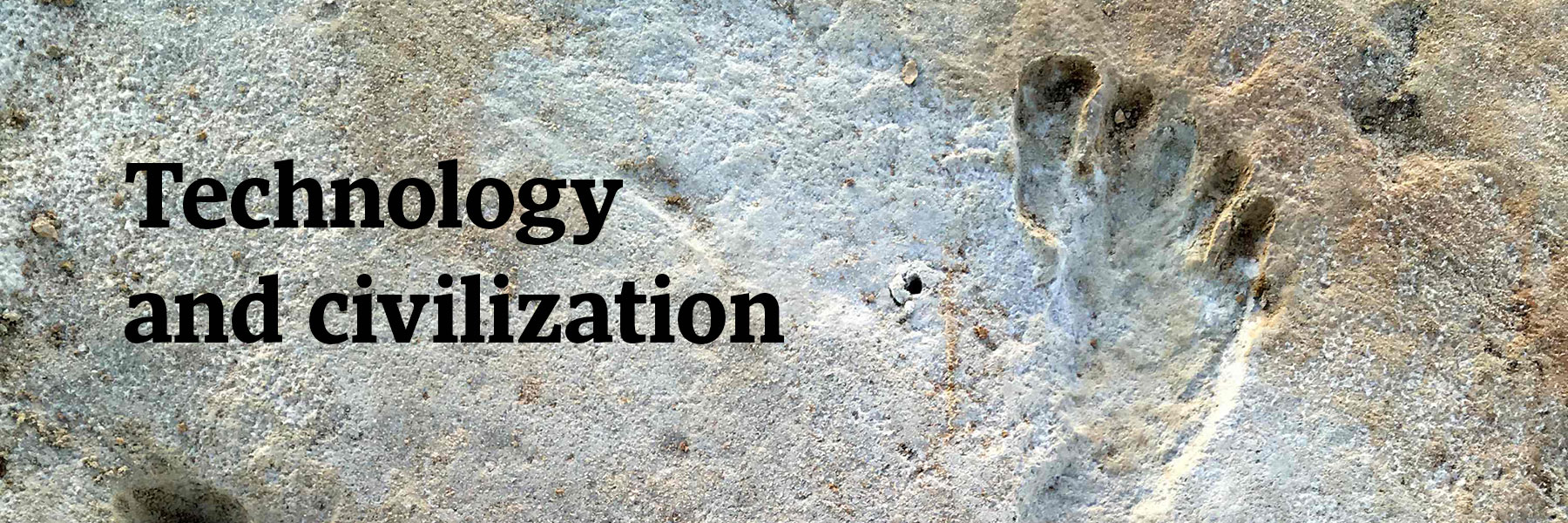
b. Scientists were able to use isotopes generated by cosmic rays to date the tree rings in scraps of wood that the Vikings left behind at the L’Anse aux Meadows site in Newfoundland. This allowed them to figure out the year the wood was cut. Remarkably, it turned out to be exactly one thousand years ago.

A microscope view of one of the wood fragments from l’Anse aux Meadows, N.L., used to date the arrival of Vikings in Newfoundland.
Petra Doeve via The New York Times
d. The footprints, discovered on the surface of an ancient lakeshore, were left between 21,000 and 23,000 years ago – pushing back the arrival of humans to the continent by at least 5,000 years.

These fossilized footprints in New Mexico date back long before the end of the last ice age.
National Park Service and Bournemouth University/AFP/Getty Images
b. The terms could also be interpreted as “nectar” and “servant” and they may have made up part of a person’s name.
This is a pottery fragment dating to ~1450 BC with an early example of the alphabet.
— 🅰ntiquity Journal (@AntiquityJ) June 1, 2021
The find from Tel Lachish fills an important gap in the history of the alphabet as it spread into the Levant.
🔗 (🆓) https://t.co/gZsNP93C8j pic.twitter.com/XeQDJ320Ag
d. Are you surprised?

A discarded face mask in Vancouver.
Jonathan Hayward/The Canadian Press
How well did you do?
2021 in science: More from The Globe and Mail
If you liked this year’s quiz, try the ones from 2020, 2019, 2018 or 2017 to test your knowledge further – or dig into more of science reporter Ivan Semeniuk’s recent work in the links below.
How an inhaled COVID-19 vaccine might breathe life into fight against the pandemic
New ROM gallery showcases the weird, wonderful first drafts of animal life on Earth
What lies beneath: Exploring Canada’s invisible carbon storehouse